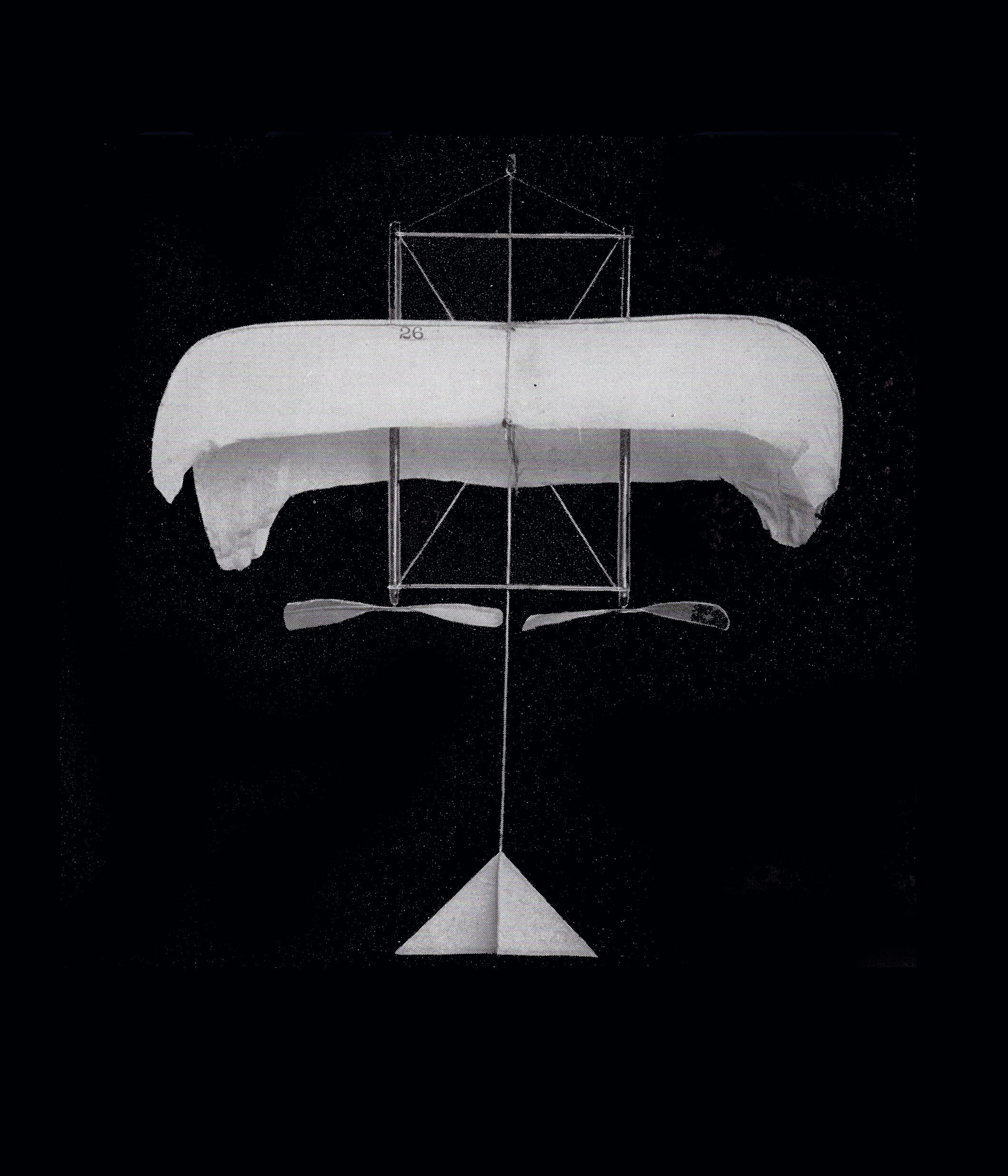Langley’s Aerodromes
A Timeline of Samuel Pierpont Langley’s Achievement of Heavier-Than-Air Mechanical Flight

-

Testing the Hypothesis
Fascinated by a lecture on lightweight, rubber-band powered models in 1886, Langley devotes his energy and Smithsonian resources to prove his hypothesis that heavier-than-air mechanical flight is possible.
-

The "Air-Runners"
After publishing his research in “Experiments in Aerodynamics” in 1891, Langley immerses himself in the design, construction, and testing of experimental aircraft he dubbed “Aerodromes,” or “Air-Runner.”
-

Flight
After numerous failures in 1894 and 1895, on May 6, 1896 Langley’s Aerodrome No. 5 achieves a first for mankind, the first successful flight of an unpiloted, engine-driven, heavier-than-air craft of substantial size.
-

Manned Flight Attempts
After pledging to leave the achievement to others, Langley’s government-funded full-size aerodrome development ends in failure, tarnishing his reputation, and overshadowing his contributions to the advancement of aviation.
